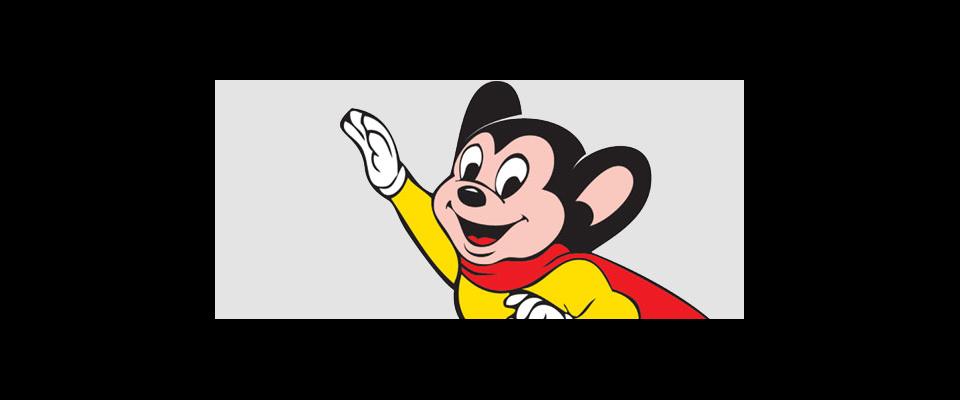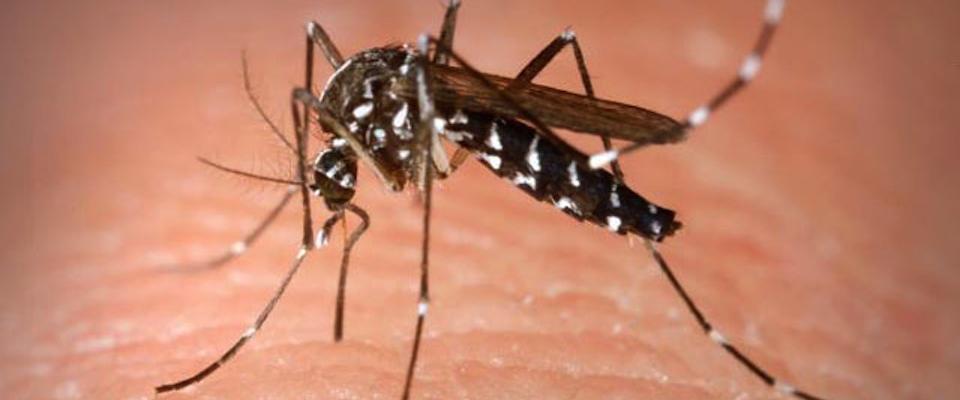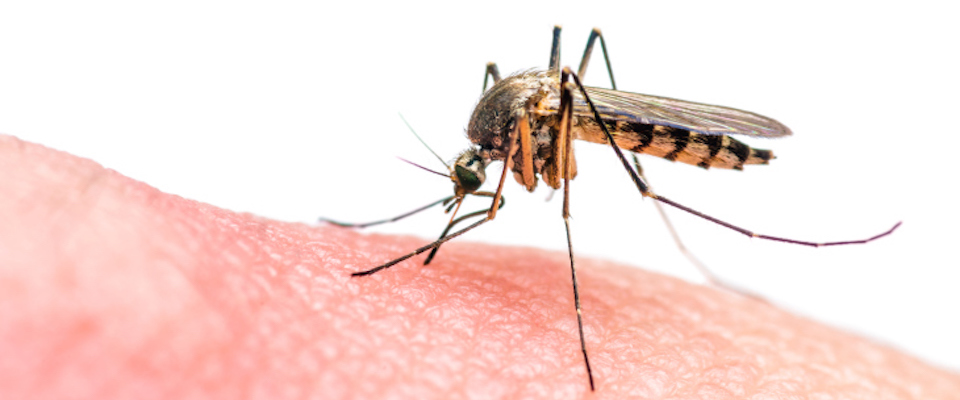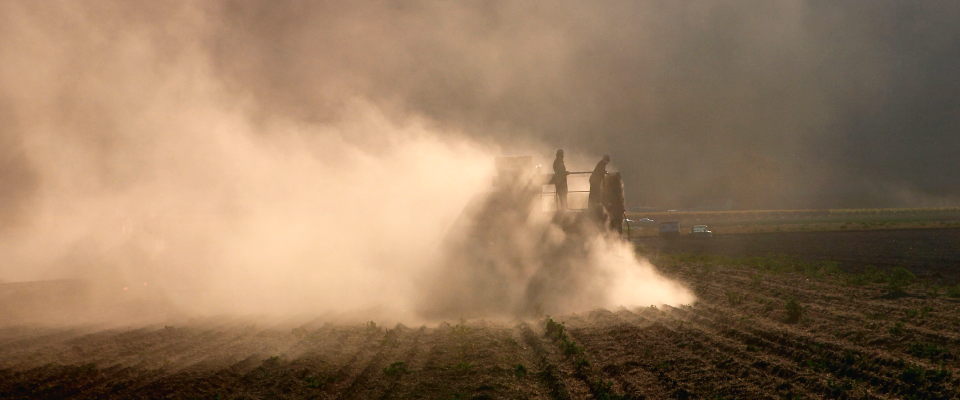Virologist Eva Harris was working in Nicaragua, upgrading seriously under-resourced labs, some without running water or basic equipment, when she fell ill with dengue fever. After seven years in the region, she was familiar with the disease and able to diagnose her symptoms—severe headaches, fever, and dizziness— and seek treatment. Harris, a professor of infectious diseases who still spends part of the year in Central America, dismisses her illness as “just a risk of the trade,” but she was one of the lucky ones. Every year, the mosquito-borne tropical disease infects 100 million people, and the severe hemorrhagic form kills 25,000.
There is no cure for dengue; a major obstacle in researching the disease has been the lack of a good animal model on which to experiment. Work with primates, for example, has shown that dengue doesn’t affect them the same way it does humans. The Harris Lab at the School of Public Health now uses genetically modified mice whose weakened immune systems are affected by the dengue virus in a way similar to that of humans. These interferon receptor–deficient mice are helping researchers discover what cells are targeted by dengue, and to understand how the immune system responds to potential vaccines.
According to Jennifer Kyle, a doctoral student at the Harris Lab, the protein interferon—a major component of the immune system—can control or even prevent dengue virus infection in humans. But the virus has “figured out” how to sidestep this obstacle in humans. By removing a mouse’s interferon, scientists give the virus “a more level playing field” and experiments are more meaningful. Several dengue virus vaccines are in development. Kyle hopes their mouse model will be useful in testing them and in finding out how to develop better vaccines. Only then, she says, “can we be confident that our vaccines will not cause more harm than good.”
In the meantime, Harris is continuing her work on Nicaraguan labs, so that the people most affected by dengue virus can work on their own solutions.
From the September October 2007 Green Tech issue of California.



















